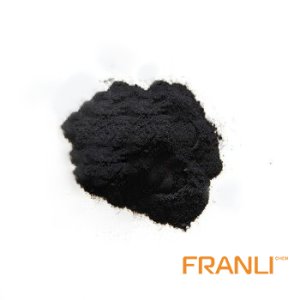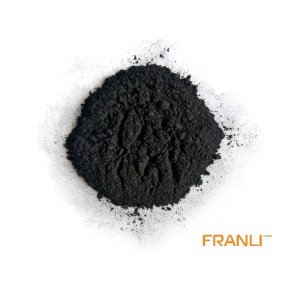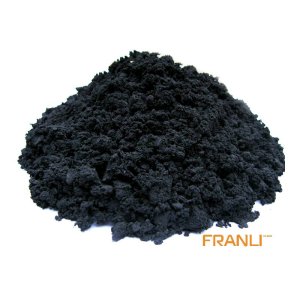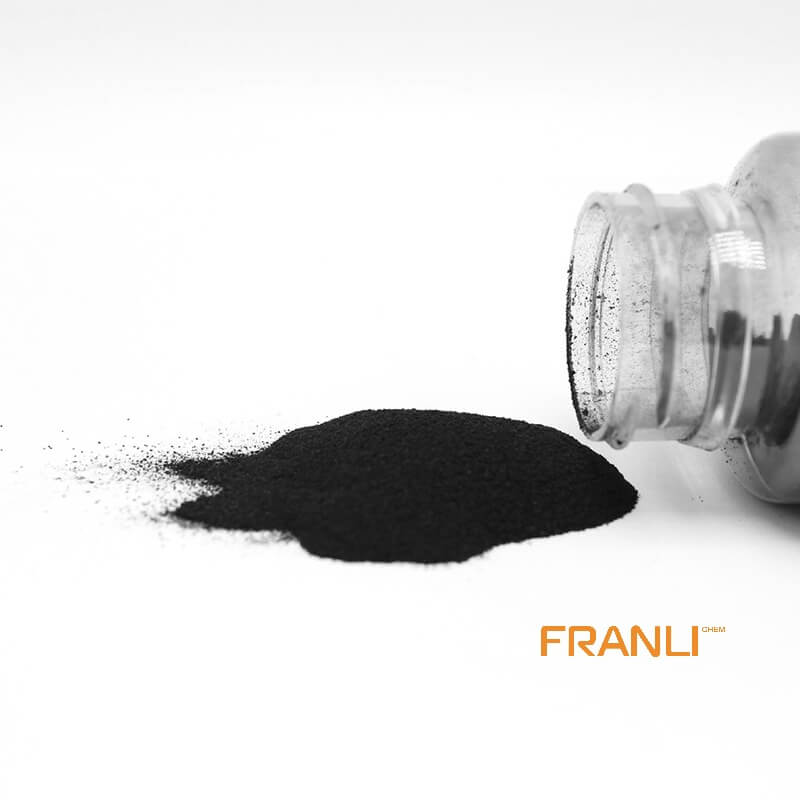
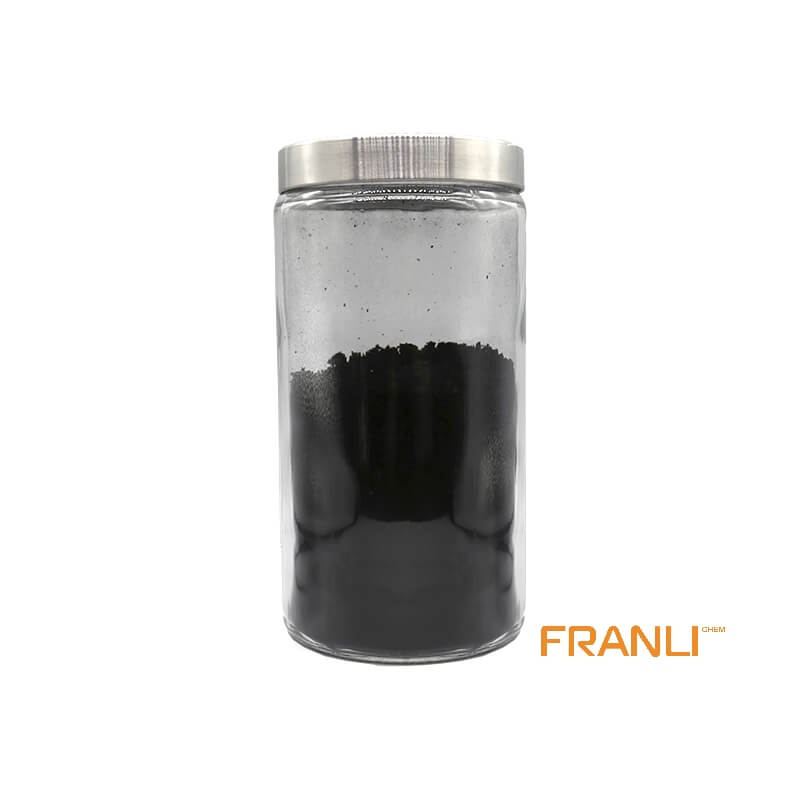
Graphene
Size
1-2nm thick x 0.5-5microns wide
Package
According to customer requirements
Features
High strength, high electrical conductivity, etc.
Application
Can be used as filler(between 0.01% and 5%).
Graphene, as the thinnest, toughest and best conductive nano material found at present. It is a two-dimensional crystal composed of carbon atoms stripped from graphite material with only one layer of atom thickness. Known as “black gold”, it is “the king of new materials”. Scientists even predicted that graphene “will completely change the 21st century”.
Request a quoteGraphene has amazing effects as a lubricating oil additive. It is uniformly and stably dispersed in the base lubricating oil with the aid of surfactants such as oleic acid, which enhances the high-temperature anti-compression performance and anti-friction and anti-wear performance of the lubricating oil. Because many people’s concept of car use is still in the state that the car is very “golden and precious” and needs to be carefully “cared for”, so many incorrect car use concepts have been created, such as “high speed destroys the machine”, “slow speed only saves fuel” etc. In this environment, there are many kinds of engine oil additives on the market, but graphene is definitely the best additive.

Graphene engine oil | your best choice
1. Engine oil additives generally fall into two categories—detergents and anti-wear agents. Detergents seldom run in the engine for a long time, and are only used for thorough cleaning before changing the oil. But the anti-wear agent is different, it plays a very important role: for example, when we wash clothes, it is difficult to wash them with only water, but after using detergent, the clothes can be as bright as new. For engine oil, the base oil is equivalent to water, and the additive is equivalent to detergent. The lubricating and protecting ability of an engine oil depends largely on the quality of the additive. The current mainstream anti-wear additives use active metals (such as zinc, molybdenum, etc.) in combination with oxidants such as phosphorus to achieve the effect of “filling up the finely divided grooves on the friction surface”, thereby reducing resistance. But the emergence of graphene has changed the public’s choice.
2. The application of stone blackene as an anti-wear agent can make low-viscosity motor oil more popular, thus helping cars to be more energy-efficient and environmentally friendly. it can reduce the coefficient of friction and high temperature resistance. Compared with traditional curing agents, graphene solves engine cold start and has better anti-wear and repair functions. Graphene has incomparable value as an additive in engine oil.

How does graphene achieve lubrication in engine oil?
With the development of science and technology, especially the improvement of graphene technology in recent years, graphene additive technology has entered the field of lubricating oil.
From a technical point of view, the lubrication principle of graphene is not exactly the same as that of previous anti-wear additives-because the molecular particles of graphene are very small, it can produce balls when rubbing between the cylinder wall and the piston effect, changing sliding friction into rolling friction, and at the same time smoothing the unevenness of the cylinder wall like putty. Under the action of graphene engine oil, it is as if we are pushing a big stone (piston) on the ground that is full of balls and splashed with oil. In this case, the presence or absence of balls makes a huge difference in the reduction of friction.
As a basic material, graphene can be organically combined with various other materials in various forms, and there will be infinite possibilities.

